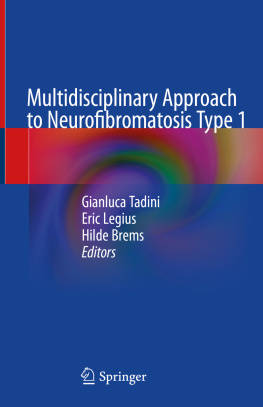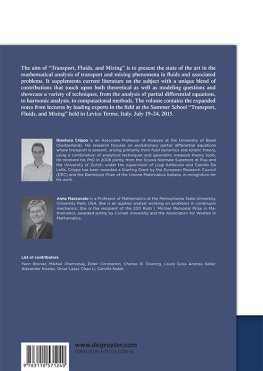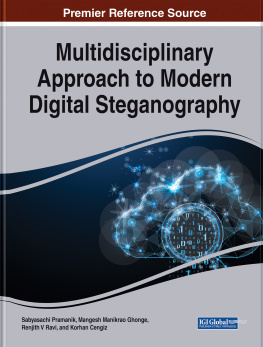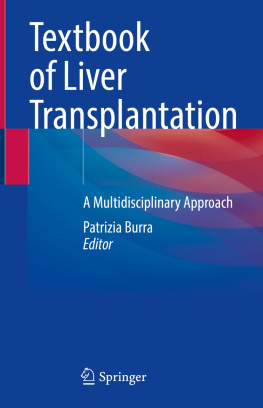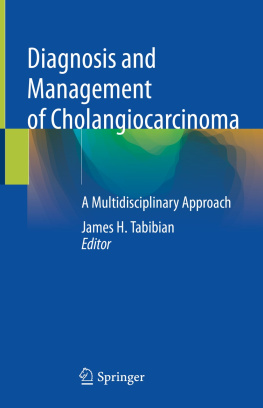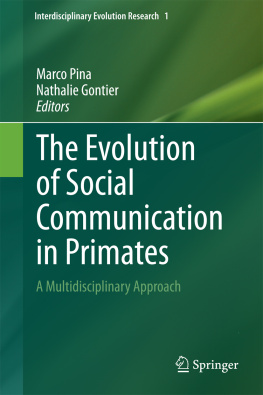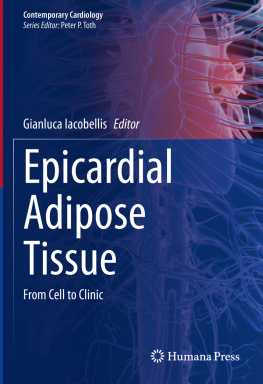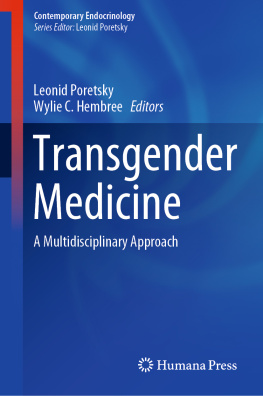Gianluca Tadini - Multidisciplinary Approach to Neurofibromatosis Type 1
Here you can read online Gianluca Tadini - Multidisciplinary Approach to Neurofibromatosis Type 1 full text of the book (entire story) in english for free. Download pdf and epub, get meaning, cover and reviews about this ebook. year: 2020, publisher: Springer Nature, genre: Home and family. Description of the work, (preface) as well as reviews are available. Best literature library LitArk.com created for fans of good reading and offers a wide selection of genres:
Romance novel
Science fiction
Adventure
Detective
Science
History
Home and family
Prose
Art
Politics
Computer
Non-fiction
Religion
Business
Children
Humor
Choose a favorite category and find really read worthwhile books. Enjoy immersion in the world of imagination, feel the emotions of the characters or learn something new for yourself, make an fascinating discovery.
- Book:Multidisciplinary Approach to Neurofibromatosis Type 1
- Author:
- Publisher:Springer Nature
- Genre:
- Year:2020
- Rating:3 / 5
- Favourites:Add to favourites
- Your mark:
- 60
- 1
- 2
- 3
- 4
- 5
Multidisciplinary Approach to Neurofibromatosis Type 1: summary, description and annotation
We offer to read an annotation, description, summary or preface (depends on what the author of the book "Multidisciplinary Approach to Neurofibromatosis Type 1" wrote himself). If you haven't found the necessary information about the book — write in the comments, we will try to find it.
Multidisciplinary Approach to Neurofibromatosis Type 1 — read online for free the complete book (whole text) full work
Below is the text of the book, divided by pages. System saving the place of the last page read, allows you to conveniently read the book "Multidisciplinary Approach to Neurofibromatosis Type 1" online for free, without having to search again every time where you left off. Put a bookmark, and you can go to the page where you finished reading at any time.
Font size:
Interval:
Bookmark:


This Springer imprint is published by the registered company Springer Nature Switzerland AG
The registered company address is: Gewerbestrasse 11, 6330 Cham, Switzerland
This textbook represents a highly up-to-date resource for clinicians on the clinical aspects of neurofibromatosis type 1 (NF1). Virtually every clinician in any field of practice will at some time in his/her career be faced with the challenge of a patient with NF1. Many in certain specialties such as paediatrics and paediatric oncology will see many often as the first person to diagnose the condition in a given individual. For those for whom diagnosis and recommendations for management is their bread and butter such as clinical geneticists, this is a really useful handbook. As one of the more frequent rare disorders with a birth incidence reaching the very top end of the definition of rare (1 in 2000), a comprehensive book like this one is a great resource. It is written for clinicians by clinical and laboratory experts and contains an up-to-date review of the new revised diagnostic criteria as well as covering the manifestations across protean organ systems. Chapters range from specific chapters on ocular, bone and cancer manifestations to recommendations for management and surveillance. For those who want to delve further into the molecular mechanism of the disease, there are chapters on molecular diagnostics, the genomics of tumours and involvement of the RAS-MAPK pathway and genotypephenotype correlations. Importantly, this book contains the rationale and process behind the recent changes to the diagnostic criteria. For a condition that until recently had no effective medical treatments, this book contains important up-to-date information on treatment with MEK inhibitors. An insight into the problems with learning and behaviour including the recently described autistic spectrum disorder within NF1 is well covered. Overall I would strongly recommend this book for those who have even slightly more than a passing acquaintance with NF1.
Few textbooks are devoted to a single rare disease. This textbook is an example of a comprehensive compilation of clinical aspects of neurofibromatosis type 1 (NF1), one of the more frequent rare disorders. It is written for clinicians by clinical experts. Several other textbooks deal with the larger group of neurofibromatoses, including neurofibromatosis type 1, neurofibromatosis type 2 (NF2) and schwannomatosis. It is obvious now that NF1 is very different from NF2 and schwannomatosis. NF1 can be easily distinguished clinically from NF2 and schwannomatosis. The two latter conditions are characterized by schwannomas and not by neurofibromas. This distinction will be reflected in an adaptation of the diagnostic criteria for this group of disorders. Conversely, a clear distinction between (mosaic) NF2 and schwannomatosis is frequently not possible without an extensive molecular diagnostic investigation, including molecular analysis of tumour tissue. Clinical examination in children without a family history of NF1 does not always allow to differentiate NF1 from other syndromes characterized by multiple caf-au-lait spots such as Legius syndrome and constitutive mismatch repair syndrome. In this book, specific attention is given to the diagnostic algorithm in children with multiple caf-au-lait macules, the limitations of the NIH diagnostic criteria and the importance of a correct molecular diagnosis.
NF1 is a genetic disorder that can affect many different organ systems both in children and adults, also influencing learning and behaviour. Scientific progress in many different disciplines has changed the care for individuals with NF1 substantially over the past years. Virtually every clinician will be confronted with patients (suspected of) having neurofibromatosis type 1. The book is quite unique in its kind because it covers clinical aspects of the different organ and body systems potentially affected in children and adults with NF1. It is illustrated with beautiful images of most clinical presentations and complications of the disease. NF1 is an autosomal dominant disease and the genetic, molecular diagnostic and reproductive aspects relevant for the clinician are well covered. The chapter on molecular diagnosis is also dealing with specific NF1 mutations that are associated with a higher risk for certain complications. This emerging genotypephenotype correlation can be of value for the personalized medical follow-up in an increasing number of NF1 individuals. Molecular diagnosis of mosaic NF1 poses specific challenges for the diagnostic lab because it is not straightforward to obtain affected cells from biopsies for a proper molecular diagnosis. Nevertheless, it might be important to provide a patient with a mosaic presentation of NF1 with the proper reproductive options. The diagnosis and treatment of nervous system and non-nervous system tumours are reported for both benign and malignant tumours. The book integrates the monitoring, diagnosis and potential treatments of NF1-related phenotypes. The NF1 gene is a tumour suppressor gene but many non-tumoral phenotypes can be present in NF1 individuals and these are covered in specific chapters dealing with potential skeletal, pigmentation, learning and behavioural problems.
Recent literature has shed light on the natural history of NF1 in children and adults. Research on tissues from NF1 patients and in animal model systems has unravelled many of the biological mechanisms underlying complications of the disease. We are better in recognizing individuals at high risk for specific complications. We have learned how to monitor for a specific complication and when to treat or not to treat. The increased knowledge on the importance of aberrant RAS-MAPK pathway signalling for neurofibroma development resulted for the first time in significant targeted treatments for plexiform neurofibromas using MEK inhibitors, some of which are being introduced in clinical practice at the moment. There is no doubt that we will witness an increasing number of new therapeutic approaches in the near future. A specific chapter on therapeutic approaches in NF1 was a high priority.
Font size:
Interval:
Bookmark:
Similar books «Multidisciplinary Approach to Neurofibromatosis Type 1»
Look at similar books to Multidisciplinary Approach to Neurofibromatosis Type 1. We have selected literature similar in name and meaning in the hope of providing readers with more options to find new, interesting, not yet read works.
Discussion, reviews of the book Multidisciplinary Approach to Neurofibromatosis Type 1 and just readers' own opinions. Leave your comments, write what you think about the work, its meaning or the main characters. Specify what exactly you liked and what you didn't like, and why you think so.

